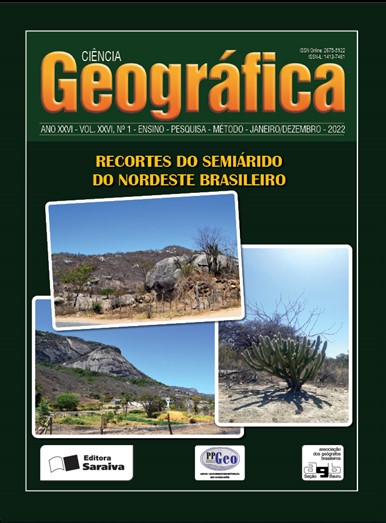REGIONAL HEALTH AND DENGUE CASES IN MATO GROSSO: RAIN AS THE MAIN FACTOR FOR THE PROLIFERATION OF AEDES AEGYPTI
DOI:
https://doi.org/10.18817/26755122.26.01.2022.2899Keywords:
Incidence. Rainfall. Environment. Public health.Abstract
This research characterized spatially and temporally (2001 to 2019) the dynamics of dengue in the state of Mato Grosso. Epidemiological and descriptive study of the incidence rate and mortality due to dengue, seeking to correlate with rainfall, Human Development Index (HDI), Demographic Density and the Urban Cleaning Sustainability Index (ISLU). The incidence of dengue did not present a significant relationship about ISLU in 66 municipalities in the state of Mato Grosso (R² = 0.0017; p = 0.75). This also occurred with demographic density (R² = 0.0025; p = 0.56), but it was related to rainfall (R² = 0.0019; p <0.05). The month of January had the highest incidence (83.27 / 100 thousand inhabitants). The Health Regions of Mato Grosso had the highest rates in the Garças Araguaia region (852.29 per 100 thousand inhabitants). Dengue showed epidemic peaks with high incidence rates in Mato Grosso, having no relationship with the HDI, ISLU and Demographic Density, but it did show a significant relationship with rainfall.


